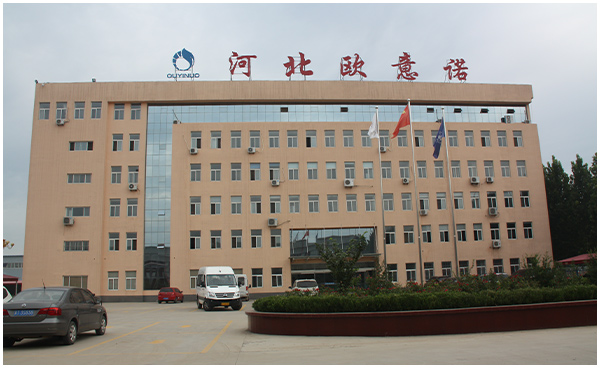
Oct . 21, 2024 16:35
Back to list
Natural Gas Supply and Infrastructure Solutions for Efficient Energy Distribution Networks
The Importance of Natural Gas Distribution Stations
Natural gas is one of the most vital energy sources in today's world, playing a crucial role in heating homes, fueling vehicles, and generating electricity. At the heart of the natural gas supply chain are distribution stations, which are essential for transporting this energy resource from production sites to end-users. This article explores the significance of natural gas distribution stations, their operational processes, and their impact on energy consumption and environmental sustainability.
What is a Natural Gas Distribution Station?
A natural gas distribution station is a facility that converts high-pressure natural gas transported from production sources or pipelines into lower pressures suitable for residential, commercial, and industrial use. These stations ensure that the gas is safely and efficiently delivered to homes and businesses. They often consist of various components, including compressor stations, pressure regulators, odorization systems, and metering equipment.
The Operational Process
The process begins at the extraction point, where natural gas is produced from underground reservoirs. From there, it travels through high-pressure pipelines that may span hundreds of miles. As this gas reaches distribution stations, it undergoes several critical processes
1. Compression To facilitate the transportation of natural gas through pipelines, it is initially pressurized. However, once it arrives at a distribution station, the gas pressure must be reduced to levels that are safe and usable for consumers. Compressors at the station play a crucial role in managing this pressure.
2. Regulation After compression, the gas undergoes regulation to ensure that the pressure remains stable. This ensures that the gas supplied to consumers is consistent and prevents any fluctuations that could lead to safety hazards or disrupted service.
3. Odorization Natural gas is odorless and colorless, making it difficult to detect in the event of a leak. To address this safety concern, distribution stations add an odorant—usually mercaptan—to the gas, giving it a distinct smell that alerts individuals to potential leaks.
4. Metering Before the natural gas is distributed to customers, it goes through metering processes to measure the volume of gas that will be supplied. This ensures accurate billing and helps utility companies monitor consumption patterns.
Impact on Energy Consumption
natural gas distribution station

Natural gas distribution stations are a crucial part of the energy landscape. They enable the consistent supply of natural gas, which is a cleaner alternative to other fossil fuels like coal and oil. By providing a reliable energy source, these stations support various activities such as cooking, heating, and industrial processes.
Moreover, natural gas has been recognized for its lower carbon emissions compared to other fossil fuels. As countries around the world strive to meet climate goals, natural gas distribution stations facilitate a transition from more carbon-intensive energy sources to cleaner alternatives.
Challenges and Solutions
Despite their importance, natural gas distribution stations face several challenges, including aging infrastructure, environmental regulations, and the need for technological advancements. Many existing facilities require upgrades to meet modern safety and efficiency standards, leading to substantial investment needs.
To address these challenges, various solutions have been proposed, including
1. Smart Technology Integration Incorporating advanced monitoring systems can enhance the operational efficiency of distribution stations. These technologies can help detect leaks, optimize pressure regulation, and improve overall safety.
2. Upgrade of Infrastructure Governments and utility companies are increasingly focusing on investing in and upgrading the existing distribution networks to ensure reliability and safety.
3. Promoting Renewable Energy While natural gas serves as a bridge fuel in the transition to cleaner energy, the integration of renewable energy sources into the energy mix is essential for long-term sustainability.
Conclusion
Natural gas distribution stations are a pivotal element in the energy infrastructure, enabling the effective delivery of one of the cleanest fossil fuels available today. As technology advances and the world seeks to minimize its carbon footprint, these stations will continue to evolve, playing an essential role in a sustainable energy future. Their efficient operation not only supports daily energy needs but also contributes to broader environmental goals, paving the way for cleaner, more responsible energy consumption.
Next:
Latest news
-
Safety Valve Spring-Loaded Design Overpressure ProtectionNewsJul.25,2025
-
Precision Voltage Regulator AC5 Accuracy Grade PerformanceNewsJul.25,2025
-
Natural Gas Pressure Regulating Skid Industrial Pipeline ApplicationsNewsJul.25,2025
-
Natural Gas Filter Stainless Steel Mesh Element DesignNewsJul.25,2025
-
Gas Pressure Regulator Valve Direct-Acting Spring-Loaded DesignNewsJul.25,2025
-
Decompression Equipment Multi-Stage Heat Exchange System DesignNewsJul.25,2025

